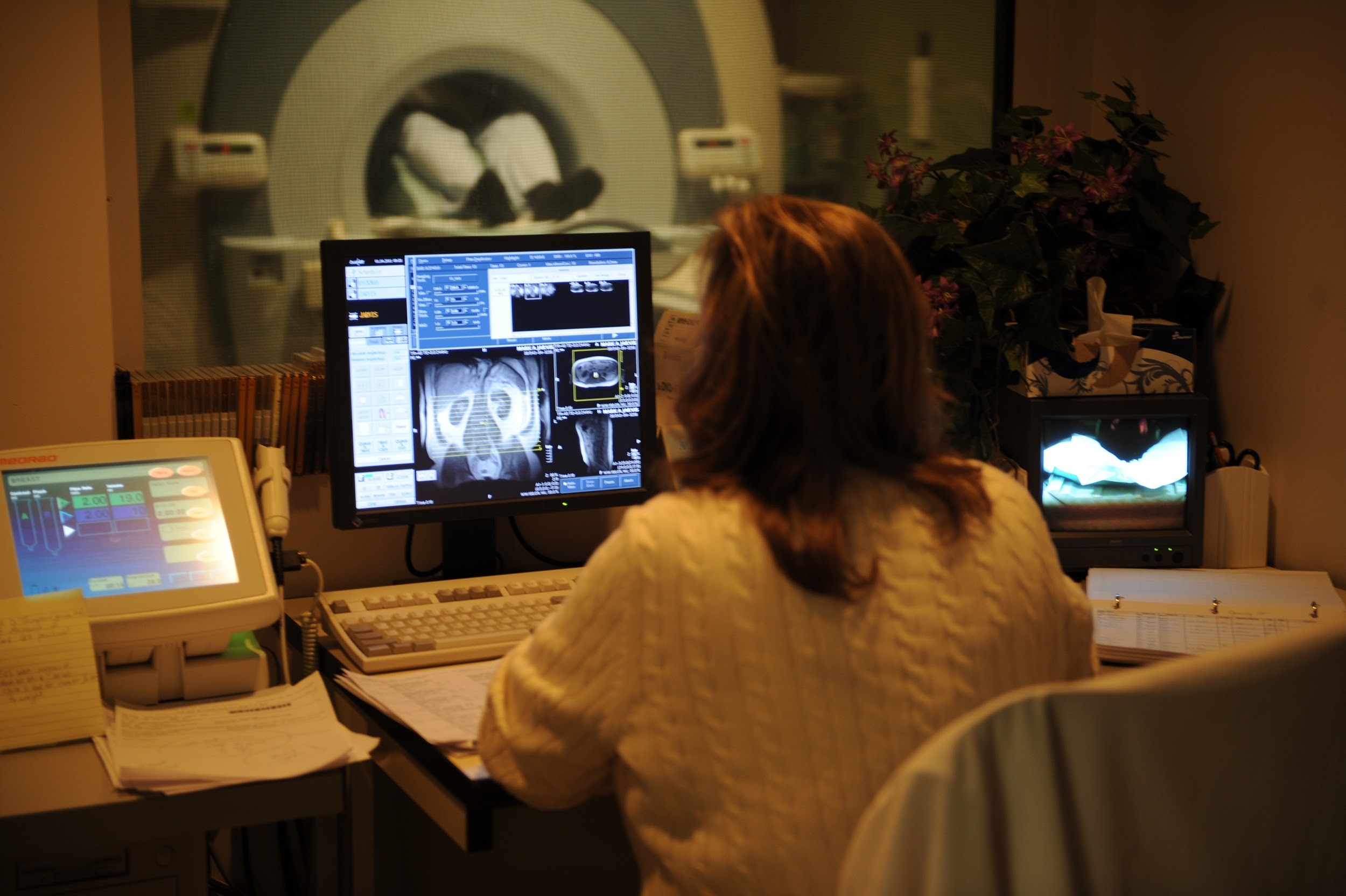Using artificial intelligence to diagnose disease is the dream of the Boston startup, Abstrakt. It is currently working on a system for detecting diseases in fluid samples, a breakthrough that could be the first step towards the development of a mobile or wearable machine-learning system. Abstrakt is only one in a range of startups working in this field.
Computer diagnoses are achieved by comparing new sets of symptoms with large sets of symptoms previously experienced by many thousands of patients. When a novel virus or disease emerges researchers study how its symptoms overlap with the symptoms of previous viruses or diseases.
Medical Imaging of Disease
Medical imaging based on computer vision is another technology with potential for effectively diagnosing and treating diseases.
Despite great advances, imaging technology still needs to be improved according to Michael Tournous, a professor of mathematics at York University in Toronto and director of the Medical Image Computing Group. “The beauty of artificial intelligence is that it can “see” the world,” Tournous said. “Artificial intelligence systems can see patterns and see all the information in a scene. It’s still a relatively rudimentary way of looking at the world, but it can do a lot.”
In the study published in the Journal of Computer-Aided Diagnostic Imaging, Tournous’s team demonstrates how natural images and machine learning can make medical diagnoses more accurate.
Tournous says the next steps include advancing his algorithms to create new artificial intelligence-based diagnostics and to demonstrate whether the technology can aid medical diagnosis in the emergency room.
The findings, published in the journal Science, were based on a study, “Neural Dynamics in Depth: A Question of Coordination,” led by Valentina Korpela of McGill University, Montreal, Canada. The team used neural network algorithms that controlled two images to detect depth.
The following video explains the advantages of using computers and big data to more accurately diagnose diseases.
Diagnosing & Analyzing Ebola
Within days of the Ebola outbreak in West Africa in 2014, doctors at George Washington University Medical Center began to analyze samples and write software that would automate the vast majority of diagnosis tasks, from comparing the genetic makeup of blood to genetic signatures of samples, to sifting through databases of archived medical data, to matching stored images to test results.
The software can analyze the technical structures of proteins and the proteins’ nucleic acid sequences — called nucleotides — and have created models that allow doctors to predict the likely result of testing patients for Ebola in the future. A computer can now calculate a range of complex and controversial diagnostic tests for myriad diseases — including the mortality rate associated with an MRI, as well as whether a gallbladder cancer has spread to another part of the body.
Tracking Patient Progress Using Computer Algorithms
Researchers have just announced a major breakthrough in Alzheimer’s research. According to data from China’s hospital system, with up to 90 percent of these patients with Alzheimer’s eventually being “diagnosed” in a hospital, computer-assisted algorithms are now offering patients a way to track their progress while at home, both in advance of “disease modeling” — a new form of diagnosis, aimed at early-phase detection — and during intervention.
Researchers from the Ewha Womans University in China have discovered that Alzheimer’s patients’ neural activity is strongly influenced by their own subconscious thoughts. Comparing patients to data from doctors’ notes, their algorithm identified patterns in brain activity that all but eliminated the possibility of error. The study, which is published in the journal PLOS Computational Biology, highlights the possible benefits of applying machine learning — in this case, the field’s detection methods — to human problems, such as diagnosing a disease.
Image: Diagnosing Disease – Scott Air Force Base






